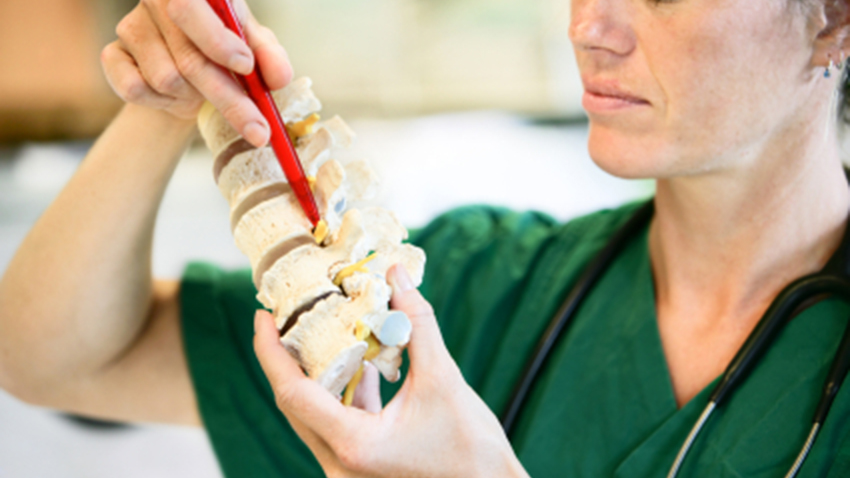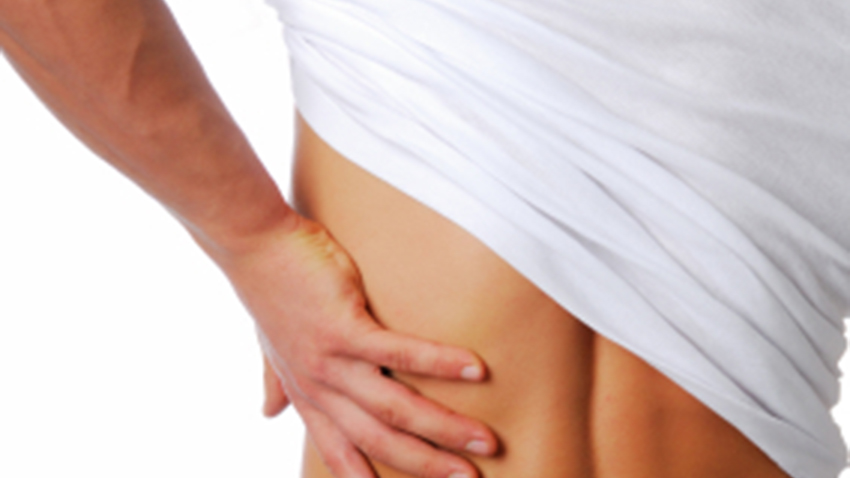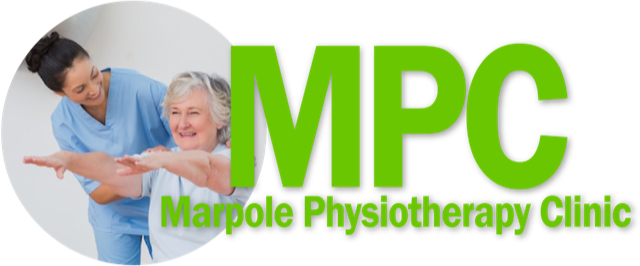Upper Body
Lower Body
General
Sports Related
Back Pain Treatment Quiz
Knowledge is Power.
True/False - Quiz: Do You Understand Back Pain?
Action Plan - Back Pain
 Back pain is a common complaint among people of all ages. It’s one of the main reasons people seek medical help and miss work. Back pain symptoms can be mild or severe, and cervical (neck pain), thoracic (middle back pain), lumbar (lower back pain) or tailbone/sacral (coccydynia). Lumbar back pain is the most common type.
Back pain is a common complaint among people of all ages. It’s one of the main reasons people seek medical help and miss work. Back pain symptoms can be mild or severe, and cervical (neck pain), thoracic (middle back pain), lumbar (lower back pain) or tailbone/sacral (coccydynia). Lumbar back pain is the most common type.
Causes of Back Pain
Back pain can come from muscles, bones, joints or nerves. It can also be caused by medical problems involving the gallbladder, aorta, kidneys or pancreas. Back pain causes include:
• Injury or activity
• Arthritis. Arthritic conditions, also called rheumatic conditions, are a variety of diseases that cause chronic, intermittent pain and swelling of the joints and connective tissue. Common types of arthritis include rheumatoid arthritis, psoriatic arthritis and osteoarthritis.
• Back strain
• Sciatica (a bulging or ruptured disc that presses on the sciatic nerve)
• Poor posture
• Aging
• Scoliosis (an "S"- or "C"-shaped curve of the spine). The word scoliosis comes from the Greek word scolios, meaning curved or crooked. There are several types of scoliosis, and it occurs most often in children between 9 and 15 years of age.
Symptoms & Treatment of Back Pain

If you experience back pain, your symptoms might include:
• Shooting or stabbing pain
• Pain that radiates down the leg
• Muscle aches
• Pain that worsens when you walk, lift something, bend or stand
• Pain that improves when you recline
In most cases, back pain will resolve on its own with treatment at home and over-the-counter medications. Surgery is not usually recommended. Some patients benefit from spinal traction, a physiotherapy technique that applies a longitudinal stretch to the reachable joints and soft tissues that is commonly used on the cervical, lumbar spine and thoracic spine. Spinal traction may be applied manually by the physiotherapist or with a decompression machine. Other non-surgical back pain treatments include massage therapy, yoga and Pilates. If your back pain persists after treatment or worsens, see your doctor to explore alternate therapies.
Talk to your family physician if you'd like more information on back pain.
Visit HealthChoicesFirst.com for more videos and resources on family health.
Print this Action Plan and check off items that you want to discuss with your healthcare provider
-
Back pain symptoms can be mild or severe, and cervical (neck pain), thoracic (middle back pain), lumbar (lower back pain) or tailbone/sacral (coccydynia). Lumbar back pain is the most common type.
-
Back pain can come from muscles, bones, joints or nerves. It can also be caused by medical problems involving the gallbladder, aorta, kidneys or pancreas.
-
Back pain causes include injury or activity, arthritis, back strain, sciatica, poor posture, aging and scoliosis.
-
Back pain symptoms include shooting or stabbing pain, pain that radiates down the leg, muscle aches, pain that worsens when you walk, lift something, bend or stand, and pain that improves when you recline.
-
In most cases, back pain will resolve on its own with treatment at home and over-the-counter medications. Some patients benefit from spinal traction, a physiotherapy technique that applies a longitudinal stretch to the reachable joints and soft tissues that is commonly used on the cervical, lumbar spine and thoracic spine. Surgery is not usually recommended.

